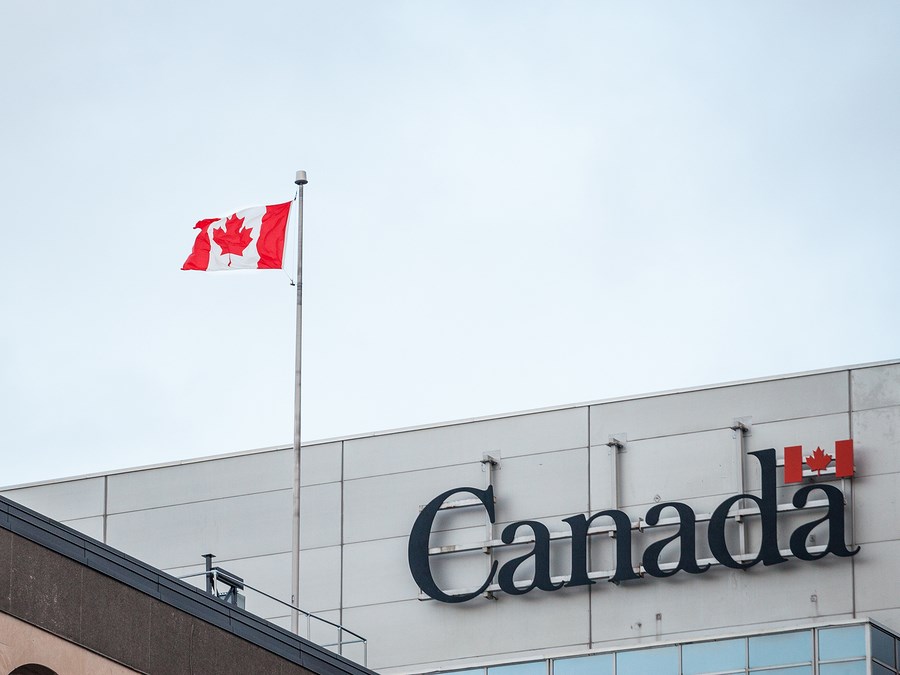Not long ago, the federal government chose 11 communities across Canada to take part in a new pilot project designed to bring immigrants to smaller rural and northern locales.
If you look at the project’s goals, they align with the ones mentioned by all three levels of government here – bringing new people to a region that sees large portions of its population aging, hundreds of jobs on the precipice of being cut in mining, and many of our smartest youth leaving after graduation, never to return.
Five communities in Ontario, two in Manitoba and British Columbia and one each in Saskatchewan and Alberta were chosen. They are larger centres for the most part, including Thunder Bay, Sault Ste. Marie, Sudbury, Timmins and North Bay, Ont.; Brandon and the Gretna-Plum Coulee-Altona-RM of Rhineland area in our own province; Moose Jaw, Sask.; the small town of Claresholm, Alta.; and both Vernon and the West Kootenay region of B.C.
What exactly makes these areas appealing for immigrants? More importantly, why isn’t Flin Flon clamouring to be a part of this?
We’ve been in a state of net migration – more people moving away than moving in – for more than 50 years. In 1961, the population of the city was more than 11,000 people. That number has dwindled to somewhere around 5,000 people today. The town’s population has dropped by between four and nine per cent in each of the last five federal censuses – and if Hudbay’s Flin Flon operations end, that may accelerate dramatically.
I would argue that immigration should be one of the main points of any economic strategy for the north.
At the Flin Flon Station Museum, there are two massive prints of the day and night shift at HBM&S in the early days of Flin Flon mining. Next to the photos, there are two lists showing the workers’ names and where they came from. They came to Flin Flon from small, soon-to-be forgotten hamlets across Canada to find meaningful work and ways to support their families – towns like Plumas, Minnedosa, McCurrie and Elfros.
Along with those former farmers is a laundry list of immigrants, ranging from skilled scientists to labourers from eastern Europe, the British Isles, and Scandinavia. The countries they left to come to Flin Flon are all listed alongside them on the sheet. It reads like a United Nations manifest – Czechoslovakia, Yugoslavia, Hungary, Romania, Ukraine, Poland, the Netherlands and others still.
Alongside the knowledge and traditions of our First Nations people, Flin Flon was founded on the labour and sweat of individuals who left their homes to come north.Today, however, Flin Flon has a hard time getting people to come here. Why is that?
While Flin Flon may need the economic boost that immigration brings, we don’t really know how to kickstart it. It’s easy to just think immigrants would want to settle somewhere larger and less isolated, but that’s a crutch. If someone thinks you’ve got something nowhere else has, they’ll want to join.
“Attracting immigrants to small Canadian communities can be a challenge – as most immigrants prefer to settle in larger cities where the draw of family, friends, ethnic networks, and jobs is strong,” reads a document from the Conference Board of Canada on how to create immigrant-friendly communities.
“However, by promoting the benefits of living and working in smaller communities (e.g., employment opportunities, lower living expenses, safe neighbourhoods, and access to community health and recreation services) many smaller communities across Canada are attracting immigrants.”
I, for one, have never seen anyone in elected office, anyone running for anything or any business leader in Flin Flon ever directly use those points to attract new Canadians specifically to Flin Flon.
The provincial government hosts the website immigratemanitoba.com. This portal seeks to help new immigrants move to Manitoba. If you Google “immigrating to Manitoba”, it’s literally the first thing that comes up. The site has a list of communities that it says “are seeking skilled immigrants.” Thompson is on the list, as are towns like Altona, Grandview, Russell, De Salaberry, Fisher Branch and the like. All these communities feature a small write-up designed to attract new residents; a statistical profile, a map and a link to locally based immigration services.
Notice Flin Flon isn’t on that list? As best as I can tell, Flin Flon doesn’t have a locally based immigration service. Sure, anyone with questions about our community could call city hall, maybe even the arts council or any number of local services. But how is someone thinking of moving here from far away supposed to know that?
Flin Flon’s needs have changed since the mine’s infancy. We’ve got plenty of labourers already here. What we don’t have enough of are doctors, medical professionals, scientists and other highly skilled and trained professionals.
We always trumpet our culture in Flin Flon and we have a lot to be proud of, but welcoming new people and new cultures could improve our community in modern and interesting ways.




